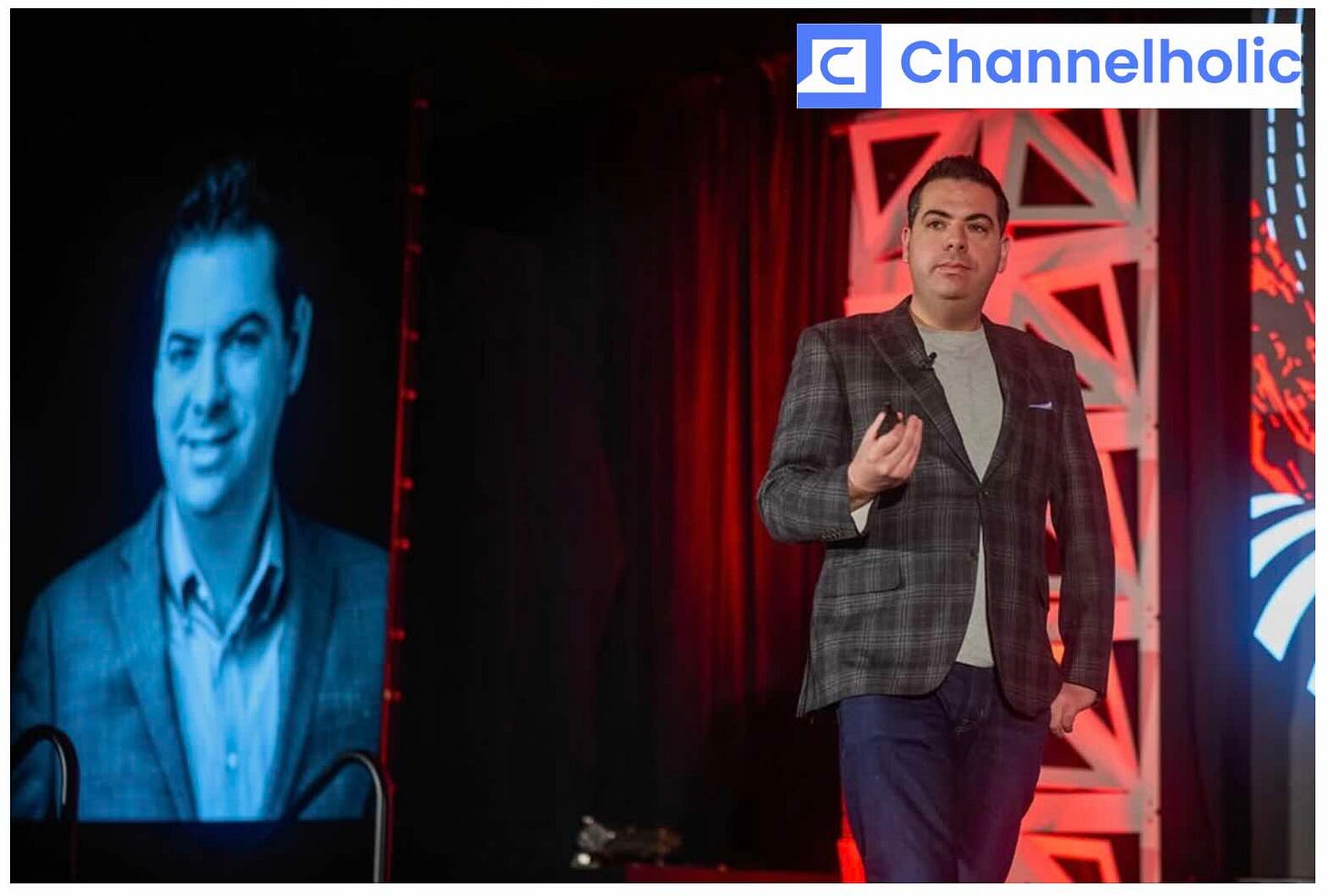CrowdStrike’s Bet on SIEM Services
A first-ever services partner program highlights how important MSPs are in the vendor’s its past, present, and future.
As I wrote elsewhere recently, insurers like ESET’s devotion to left-of-boom prevention. That’s not the only thing insurers they like about the company, however. They also appreciate how much data they get from the company’s platform, which spans from endpoint protection and mobile threat defense to cloud application protection, MFA, and beyond.
And as we’ve stated before, insurers are far from alone in having a soft spot for platforms. MSPs love them too. “Having everything done from just one provider is the simplest and the cheapest for them,” says Juraj Debski, ESET’s chief product officer. “It’s basically a win-win situation.”
Count CrowdStrike, a company with a sprawling, deeply integrated platform of its own, among the winners in that equation, according to Daniel Bernard (pictured above), the company’s chief business officer. Revenue was up 29% to $3.95 billion in the fiscal year concluded this January. Partners accounted for 60% of that business.
“Consolidation is really what’s happening in the security market,” Bernard explains. “Partners are saying, ‘I want to place a few bets versus 70-plus bets.’”
Especially, he asserts, when the few bets involve a platform with 29 modules and just one agent used by what CrowdStrike says is 300 members of the Fortune 500. “The product wins,” Bernard says.
Much like ESET, CrowdStrike has its eye squarely on services, albeit professional services in its case. During its 2025 Americas Partner Symposium in Park City, Utah, last week, the company introduced a first-ever partner program aimed at rewarding MSPs, MSSPs, and integrators for helping end users replace outdated SIEM solutions with CrowdStrike’s Falcon Next-Gen SIEM offering.
“We’re getting a lot more programmatic to help partners that do some services capture the opportunity that Next-Gen SIEM is today in the market and will be for the next couple years,” says Bernard, adding that the CrowdStrike product has displaced over 2,000 existing deployments since its introduction roughly a year ago. That’s just a fraction of a much larger addressable market, he continues.
“We want partners to be involved in and to help drive the SIEM transformation,” Bernard says. “That’s the opportunity.”
The outage last summer that briefly made CrowdStrike infamous (and that CrowdStrike handled about as well as one can under such circumstances, I’ve argued in the past) hasn’t dissuaded partners from going after such opportunities alongside the company.
“Partners are doing more with us than they’ve ever done before,” Bernard insists. “Great companies and great teams either rise to the occasion or fall apart, and I think if anything, our last year showed our ecosystem that they were betting on the right horse.”



